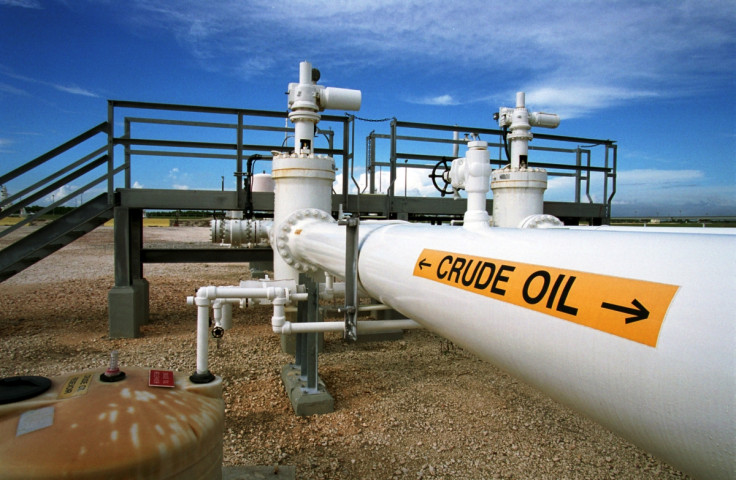Commodities round-up: Oil producers' agreement sparks crude futures rally
Brent, WTI jump by over 4% after non-Opec producers followed Opec in announcing crude production cuts of their own.

Oil futures spiked by over 4% on Monday (12 December) following the first production cut pact between Opec and non-Opec crude producers in 15 years.
Over the weekend, selected non-Opec producers, excluding US, Canada and Brazil, but including heavyweight Russia announced 558,000 barrels per day (bpd) in production cuts, after talks with Opec counterparts in Vienna.
The move follows Opec's decision to unveil its first real-terms output cut in eight years, of 1.2m bpd to 32.5m bpd, after the conclusion of its ministers' meeting in Vienna, Austria on 30 November.
While the non-Opec cut fell short of a previously proposed cut 600,000 bpd, Brent and WTI futures spiked by over 5% at one point during Asian trading hours, before retreating marginally.
At 2:48pm GMT, the Brent front month futures contract was up 4.27% or $2.32 to $56.65 per barrel, while the West Texas Intermediate was 4.45% or $2.28% higher at $53.78 per barrel.
In a note to clients, investment bank Goldman Sachs said: "Despite the smaller-than-preannounced cut, the agreement is nonetheless noteworthy as it lifts the uncertainty on the potential participation of non-Opec producers to the Opec cut... Ultimately, this remains a short duration cut in our view, targeting excess inventories and not high oil prices."
Analysts at JBC Energy said Opec, and non-Opec producers cooperating with it are currently doing an excellent job of marketing their strategy. "Some justifiable doubts will remain over the implementation of the production quotas which have been announced, but the ability of Saudi Arabia and Russia to come to an agreement in the current climate has to be seen as a significant statement of intent which cannot fail to have an impact on markets."
However, it will be several months before any sceptical viewpoints can be vindicated on the basis of production figures from this point. FXTM research analyst Lukman Otunuga added that bearish investors may also pay very close attention to how US shale producers react to higher oil prices as active rigs in the US have already jumped by 21, reaching a total of 498 rigs, in the week ending 9 December; the biggest increase since oil spiked above $50.
"The current feel-good effect bolstering oil prices could be limited with $60 becoming a tough resistance for buyers to conquer in the New Year. Bears could exploit the lingering suspicions and mistrust among cartel members in respecting the production cut to drag oil prices lower in the longer term," Otunuga added.
Away from the oil market, precious metals notched appreciable gains with the exception of gold. At 4:14pm GMT, the Comex gold contract for February delivery was down 0.13% or $1.50 at $1,160.40 an ounce ahead of the US Federal Reserve's monetary policy committee meeting, with market pricing in a rate hike deemed bearish for gold.
However, Comex silver futures contract rose 1.37% or 23 cents to $17.20 an ounce, while spot platinum was 1.87% or $17.10 higher at $932.95 an ounce, with both metal posting uptick on rising industrial demand sentiment.
© Copyright IBTimes 2025. All rights reserved.






















